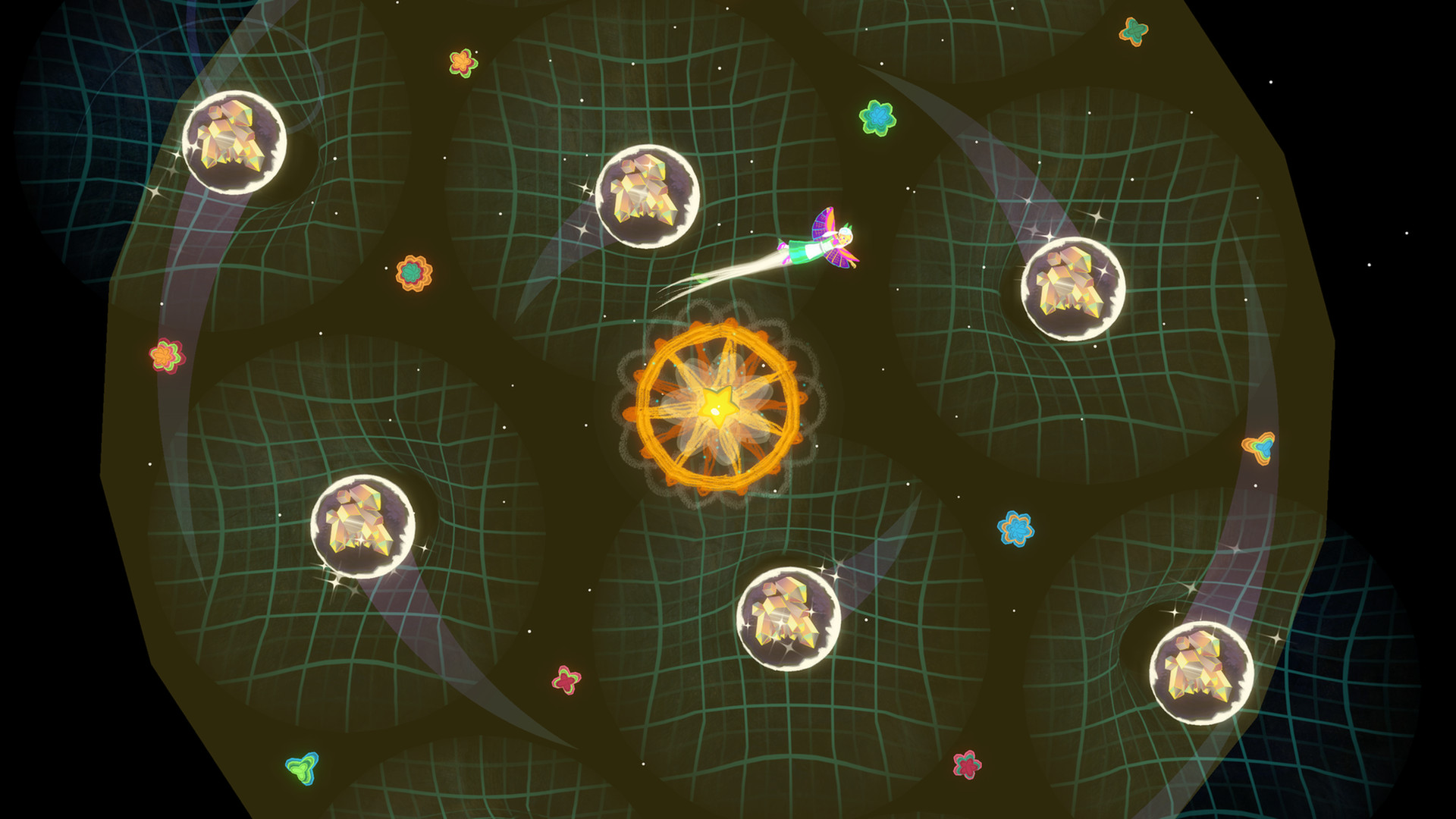

In some ways, it just proves this whole concept about biodiversity. When we had a plurality of fungal species together, the outreach was far greater than anticipated. When we took one species of fungi, and we looked at the reach that it had in the regolith, then we combined it with other species of fungi-each of which did not have that great of a reach. I made some recommendations, and I’m happy to say oyster mushrooms are one of the best ones that we’ve experimented with on the regolith so far.Īnd just recently we have found something synergistically that was unexpected when we took one species, gave it a nutritional source, and we wanted to know how far it would grow into the regolith. I have a suite of about 700 strains of fungi in my cultural library. have constructed regolith that is supposed to mimic the components that are found on the surface of asteroids and also on Mars. Do you currently have any possible candidates?īasically, regolith is asteroid dust. The first involves identifying the best fungal species for breaking down asteroid regolith. Your current research proposal with NASA has two stages. It’s much better for nature to generate a payload of food than for your rocket to carry a payload of food. It’s much easier to take one seed and grow your food than it is to take a ton of food to space, right? Nature is incredibly efficient in terms of a payload. need minerals, and pairing fungi up with the plants and debris from humans decompose into a form that then creates rich soils that could help generate the foods that astronauts need. How can Earth’s fungi help with the development of human habitats or even entire ecosystems on other planets? And I think it’s inevitable we’re going to someday find fungi on other planets. So astromycology would be the study of fungal biology throughout the universe. Really, you’re talking about the biology of the universe-and within the biology of the universe is our fungi. How do you define the term astromycology here in our nonfictional universe?Īstromycology is obviously a subset of astrobiology, so astrobiology would be the study of biological organisms extraterrestrially. I’m a Star Trek fan I don't want anything for this.” I said, “But, you know, I always wanted to be the first astromycologist.” And at the very end, they go, “Astromycologist, we love that! What a great phrase we can use that.” I said, “You can have all these concepts for free. We’re descendants of the descendants of these fungal networks. Fungi were the first organisms that came to land, munching rocks, and fungi gave birth to animals about 650 million years ago. So I told them terraforming with fungi on other planets is very plausible. And, indeed, that’s what I’ve learned as a mycologist: the biodiversity of our ecosystem gives our ecosystem resilience. What separates Star Trek from other science fiction, you know, is it really pioneered the importance of inclusivity, recognizing that the diversity of the members of our society gives us strength. Scientific American spoke with Stamets about the out-of-this-world implications for the emerging field of astromycology.įirst, a chicken-or-egg question: Did Star Trek: Discovery name a character after you because you had started exploring astromycology, or was the idea for astromycology inspired by Star Trek?ĬBS got ahold of me and said the writers of Star Trek wanted to talk to me: “We’re in the dungeon, there’s about a dozen of us, we’ve been tasked with Star Trek: Discovery, we’re hitting a brick wall, and we saw your TED Talk.” I had mentioned terraforming other planets with fungi. He also recently received an honor that many researchers would consider only slightly less hallowed than a Nobel Prize: the distinction of having a Star Trek character named after him. This is not the first time Stamets’s career has intersected with speculative space science. In a new “astromycological” venture launched in conjunction with NASA, Stamets and various research teams are studying how fungi can be leveraged to build extraterrestrial habitats and perhaps someday even terraform planets. But now he is looking beyond Earth to discover new ways that mushrooms can help with the exploration of space.

Educated in, and a longtime resident of, the mossy, moldy, mushy Pacific Northwest region, Stamets has made numerous contributions over the past several decades- perhaps the best summation of which can be found in his 2005 book Mycelium Running: How Mushrooms Can Help Save the World. The list of mycologists whose names are known beyond their fungal field is short, and at its apex is Paul Stamets.


 0 kommentar(er)
0 kommentar(er)
